Home>Gardening & Outdoor>Landscaping Ideas>When To Dethatch Grass
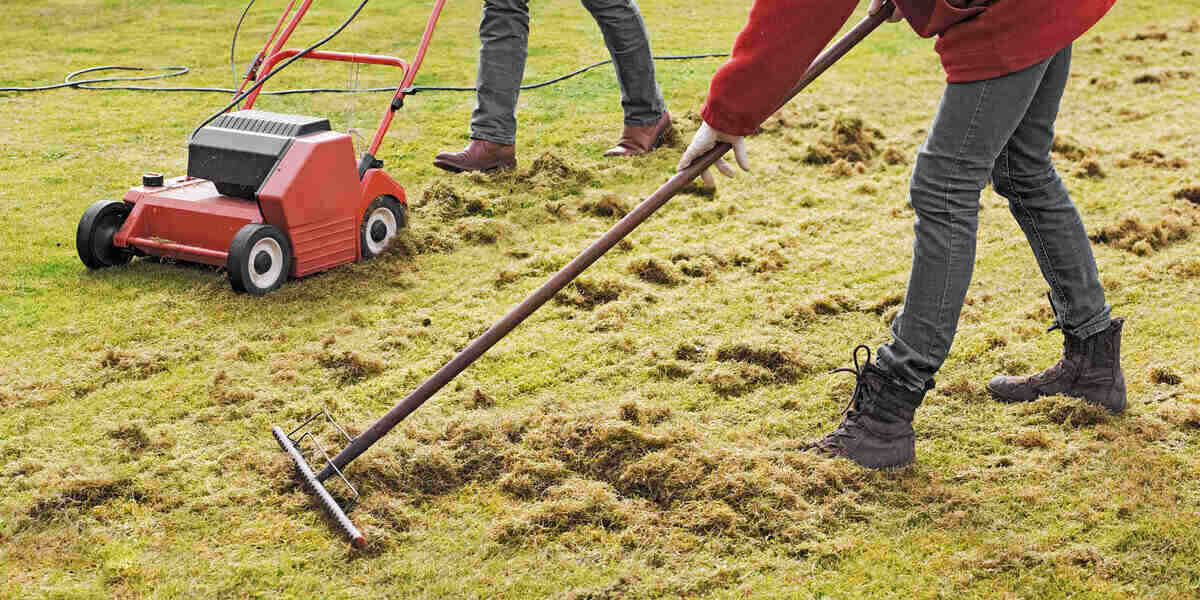

Landscaping Ideas
When To Dethatch Grass
Modified: February 18, 2024
Learn when to dethatch grass with our expert landscaping ideas. Discover the best time to dethatch your lawn for a healthy, lush garden.
(Many of the links in this article redirect to a specific reviewed product. Your purchase of these products through affiliate links helps to generate commission for Storables.com, at no extra cost. Learn more)
Introduction
Welcome to the wonderful world of lawn care! Whether you’re a seasoned gardener or just starting to explore the joys of landscaping, maintaining a healthy and vibrant lawn is a fulfilling endeavor. One crucial aspect of lawn maintenance that often gets overlooked is dethatching. While it may not be as glamorous as planting colorful blooms or sculpting topiaries, dethatching plays a vital role in ensuring the long-term health of your grass.
As with any aspect of landscaping, understanding when and how to dethatch your lawn is essential for achieving optimal results. In this comprehensive guide, we’ll delve into the intricacies of dethatching, from defining what thatch is to identifying the best time to dethatch and learning the proper techniques for this essential lawn care task.
So, grab your gardening gloves and let’s embark on a journey to uncover the secrets of dethatching and discover how it can contribute to a lush, thriving lawn that will be the envy of the neighborhood!
Key Takeaways:
- Dethatching your lawn is like giving it a refreshing spa day! It helps remove the build-up of dead grass and roots, allowing your lawn to breathe, grow, and stay healthy.
- Timing is everything when it comes to dethatching. Choose the right season and weather conditions to give your grass the best chance to recover and thrive after the dethatching process.
Read more: When To Dethatch Bermuda Grass In Texas
What is Thatch?
Thatch is a natural layer of organic debris that accumulates on the soil surface of your lawn. It is composed of dead grass, roots, and other organic matter that decomposes at a slow rate. While a thin layer of thatch can actually benefit your lawn by providing insulation and protection from temperature extremes, excessive thatch can impede the healthy growth of your grass.
When thatch becomes too thick, it creates a barrier that hinders the penetration of water, air, and nutrients into the soil. This can lead to a host of problems, including shallow root growth, increased susceptibility to disease, and reduced tolerance to environmental stresses. Additionally, thick thatch can provide an ideal habitat for pests and insects, further compromising the health of your lawn.
It’s important to note that a certain amount of thatch is normal and even beneficial for your lawn. However, when thatch exceeds half an inch in thickness, it’s time to consider dethatching to prevent potential issues and promote the overall well-being of your grass.
Understanding the nature of thatch and its impact on your lawn is the first step in effective lawn care. By keeping a close eye on the thickness of the thatch layer and knowing when to take action, you can ensure that your lawn remains healthy, vibrant, and resilient against the challenges of the changing seasons.
Signs Your Lawn Needs Dethatching
Recognizing the signs that indicate your lawn is in need of dethatching is crucial for maintaining its health and vitality. By staying attuned to the condition of your grass, you can address potential thatch-related issues before they escalate. Here are some key indicators that your lawn may require dethatching:
- Excessive Thatch Buildup: One of the most obvious signs that dethatching is necessary is the presence of a thick layer of thatch. If the thatch exceeds half an inch in thickness, it can impede the movement of water, air, and nutrients into the soil, hindering the healthy growth of your grass.
- Patchy or Discolored Areas: If you notice patchy or discolored areas on your lawn, it could be a sign that the underlying soil is not receiving the necessary nutrients and moisture due to excessive thatch buildup. Dethatching can help revitalize these areas and promote uniform growth.
- Difficulty Penetrating the Soil: When watering your lawn, if you observe that the water is pooling on the surface rather than penetrating the soil, it may indicate that excessive thatch is preventing proper water absorption. Dethatching can improve the soil’s ability to absorb water and nutrients, promoting healthier grass growth.
- Increased Pest Activity: Thick thatch can create an ideal habitat for pests and insects, leading to increased pest activity in your lawn. If you notice an uptick in pest-related issues, dethatching can disrupt their habitat and discourage infestations.
- Reduced Resilience to Foot Traffic: If your lawn appears to be less resilient to foot traffic, with the grass easily compacted and showing signs of stress, it may be due to excessive thatch restricting root growth and impeding the grass’s ability to recover. Dethatching can help improve the lawn’s resilience and overall health.
By being attentive to these signs and symptoms, you can determine whether dethatching is necessary to rejuvenate your lawn and promote optimal growth. Addressing these indicators in a timely manner can prevent thatch-related issues from escalating, allowing your grass to thrive and flourish.
Dethatch your grass when the thatch layer is more than 1/2 inch thick. This usually occurs in late summer or early fall for cool-season grasses, and late spring for warm-season grasses.
Best Time to Dethatch
Timing is crucial when it comes to dethatching your lawn. Choosing the right season and weather conditions can significantly impact the effectiveness of the dethatching process and the subsequent recovery of your grass. The best time to dethatch your lawn depends on the type of grass you have and the climate of your region. Here are some general guidelines to help you determine the optimal time for dethatching:
- Early Spring: For cool-season grasses such as Kentucky bluegrass, fescue, and ryegrass, early spring, just before the active growth period begins, is an ideal time to dethatch. The cooler temperatures and ample moisture during this time create favorable conditions for the grass to recover and fill in any bare spots after dethatching.
- Late Spring to Early Summer: Warm-season grasses like Bermuda grass, zoysia grass, and St. Augustine grass should be dethatched in late spring to early summer, when they are actively growing. Dethatching during this period allows the grass to recover quickly and take advantage of the warm weather and longer days for regrowth.
- Avoid Dethatching in Extreme Heat or Cold: It’s important to avoid dethatching during periods of extreme heat or cold, as the stress on the grass can impede recovery and lead to further damage. Opt for milder temperatures and moderate weather conditions for the best dethatching results.
- Assess Thatch Thickness: Before dethatching, assess the thickness of the thatch layer to determine the urgency of the task. If the thatch exceeds half an inch, it’s advisable to proceed with dethatching, taking into account the appropriate timing based on the grass type and climate.
By aligning the dethatching process with the natural growth cycles of your grass and considering the prevailing weather conditions, you can maximize the effectiveness of dethatching while minimizing stress on your lawn. Choosing the best time to dethatch sets the stage for a successful rejuvenation of your grass, ensuring that it thrives and flourishes throughout the growing season.
How to Dethatch Your Lawn
Dethatching your lawn is a straightforward process that, when done correctly, can rejuvenate your grass and promote a healthier, more resilient lawn. Here’s a step-by-step guide to dethatching your lawn effectively:
- Evaluate Thatch Thickness: Start by assessing the thickness of the thatch layer in your lawn. Use a shovel to cut a thin wedge of grass and soil from the lawn, and measure the thickness of the thatch layer. If it exceeds half an inch, dethatching is recommended.
- Choose the Right Equipment: Select the appropriate dethatching equipment based on the size of your lawn. For smaller areas, a dethatching rake or hand dethatching tool may suffice, while larger lawns may require a power dethatcher or vertical mower. Ensure that the dethatching blades or tines are in good condition and adjusted to the appropriate depth.
- Prepare the Lawn: Before dethatching, mow the grass to a shorter-than-usual height to expose the thatch layer and allow for better access during the dethatching process. Clear the lawn of any debris, such as rocks or branches, that could interfere with the dethatching equipment.
- Dethatch in Sections: Divide your lawn into manageable sections and dethatch one section at a time. Pass the dethatching equipment over each section in overlapping rows, ensuring thorough coverage. Be mindful not to dethatch too deeply, as this can damage the grass roots and soil structure.
- Collect Thatch Debris: As you dethatch each section, collect the loosened thatch debris with a rake or dethatching attachment bag. Proper disposal of the removed thatch prevents it from suffocating the lawn and allows for better air circulation and water penetration.
- Post-Dethatching Care: After dethatching, water the lawn to help it recover from the process. Consider overseeding to fill in any bare spots and promote a denser, healthier lawn. Apply a high-quality fertilizer to provide essential nutrients for the grass as it regrows.
- Monitor and Maintain: Keep a close eye on the regrowth of your lawn after dethatching. Regular watering, mowing, and fertilization will support the recovery of the grass and contribute to a lush, revitalized lawn.
By following these steps and exercising care during the dethatching process, you can effectively remove excessive thatch and set the stage for a rejuvenated, thriving lawn. With proper post-dethatching care and maintenance, your grass will recover and flourish, showcasing its natural beauty and resilience.
Read more: When To Dethatch St. Augustine Grass
Conclusion
Caring for your lawn involves a blend of art and science, and understanding the nuances of dethatching is a valuable aspect of maintaining a lush and resilient grassy expanse. By recognizing the signs that indicate the need for dethatching, choosing the optimal time to perform this task, and executing the dethatching process with care, you can contribute to the long-term health and vitality of your lawn.
Thatch, while beneficial in moderation, can pose challenges when it accumulates excessively, hindering the absorption of essential nutrients, water, and air into the soil. By staying attuned to the condition of your lawn and addressing signs of excessive thatch buildup, you can take proactive steps to prevent potential issues and promote optimal grass growth.
Timing is key when it comes to dethatching, and aligning the process with the natural growth cycles of your grass and the prevailing weather conditions can enhance the effectiveness of dethatching while minimizing stress on your lawn. By choosing the right equipment, preparing the lawn, and following a systematic approach to dethatching, you can rejuvenate your grass and set the stage for a vibrant, healthy lawn.
Remember that post-dethatching care is equally important, and providing the necessary water, nutrients, and oversight during the recovery phase will support the regrowth of your grass and contribute to a denser, more resilient lawn. With patience and diligence, your efforts in dethatching will yield a visually stunning and thriving lawn that enhances the beauty of your outdoor space.
So, as you embark on your journey of lawn care and landscaping, keep in mind the significance of dethatching as a fundamental aspect of nurturing a resilient and verdant lawn. By integrating dethatching into your lawn maintenance routine, you can cultivate a picturesque and inviting outdoor environment that reflects your dedication to the art of landscaping.
Frequently Asked Questions about When To Dethatch Grass
Was this page helpful?
At Storables.com, we guarantee accurate and reliable information. Our content, validated by Expert Board Contributors, is crafted following stringent Editorial Policies. We're committed to providing you with well-researched, expert-backed insights for all your informational needs.
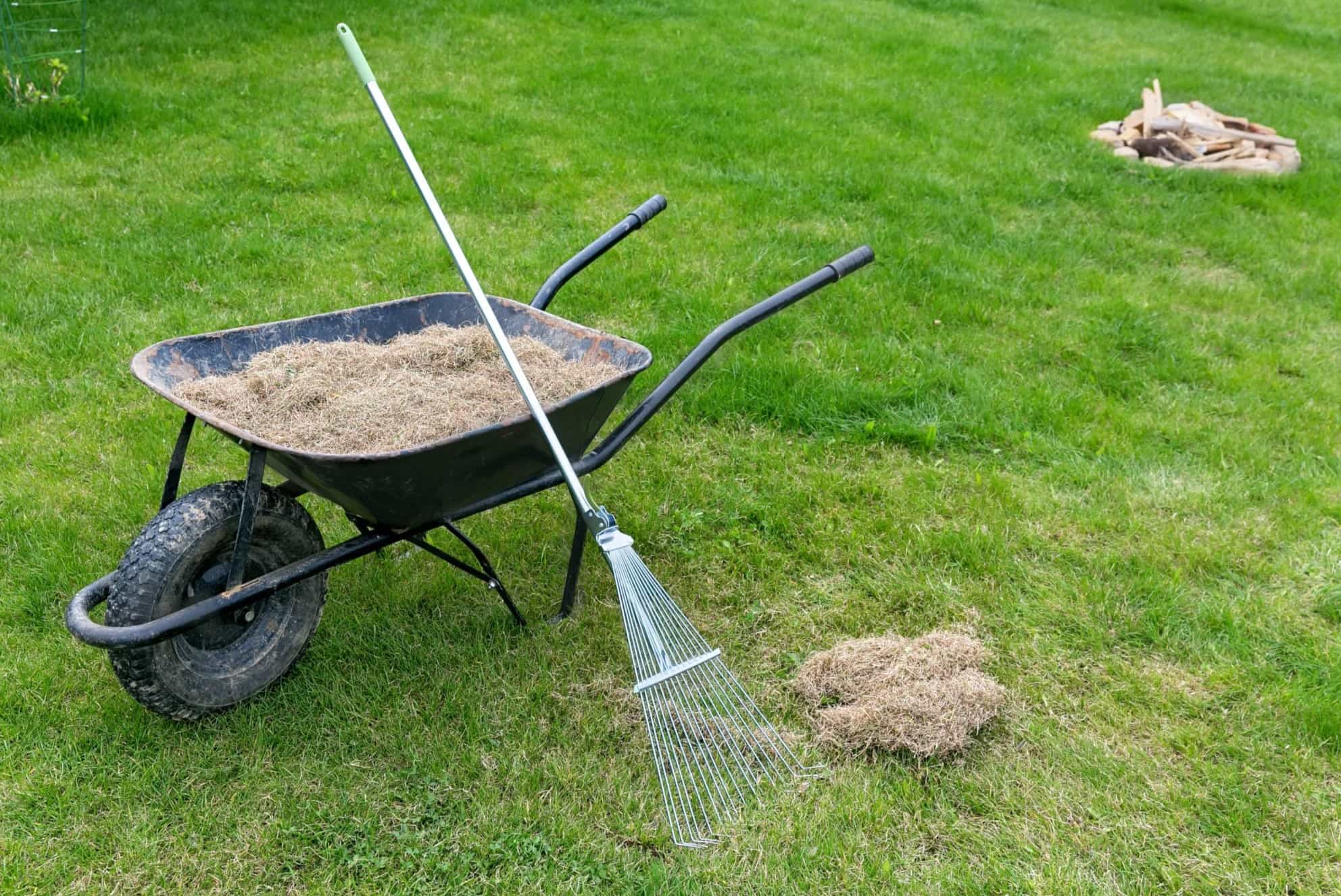
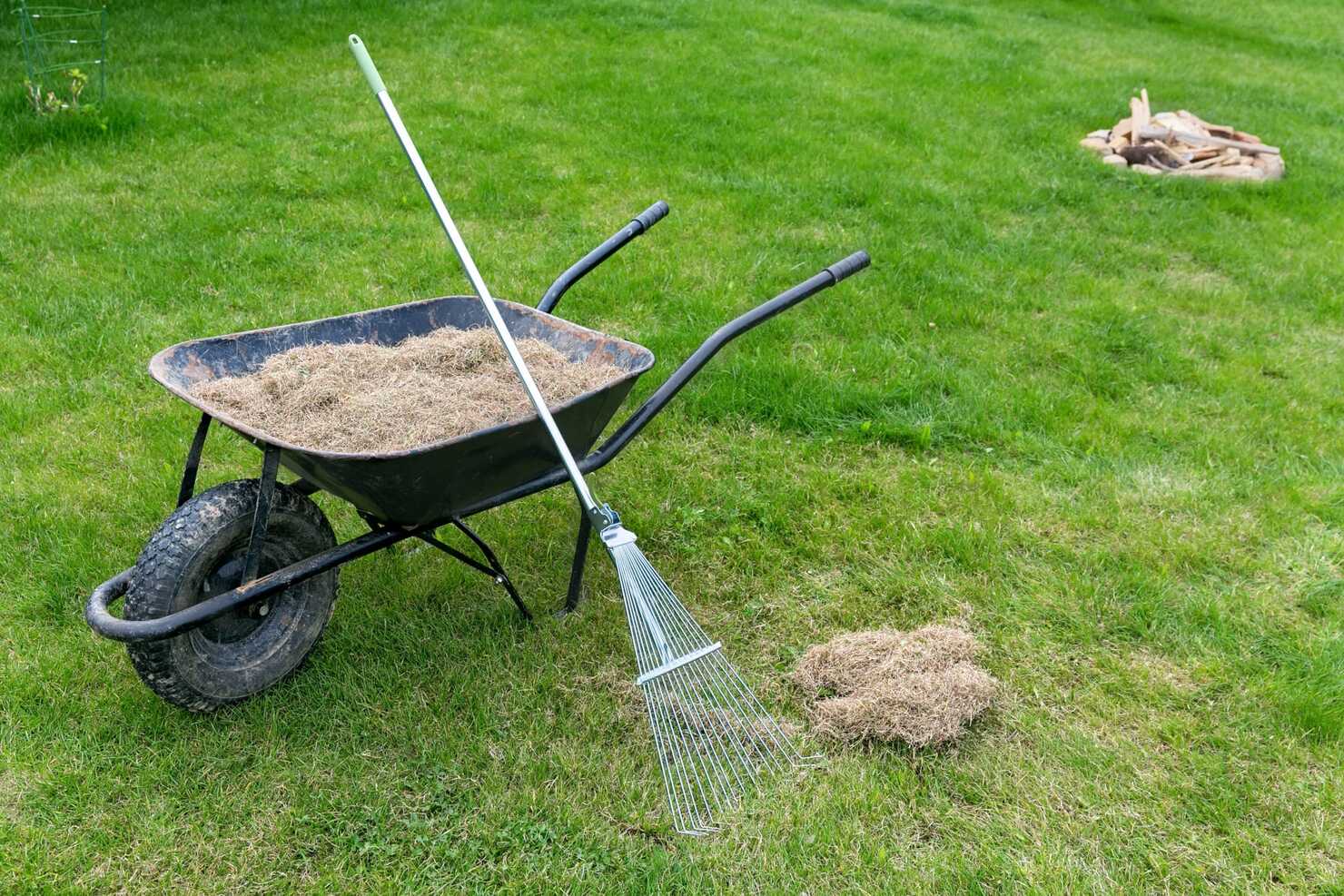
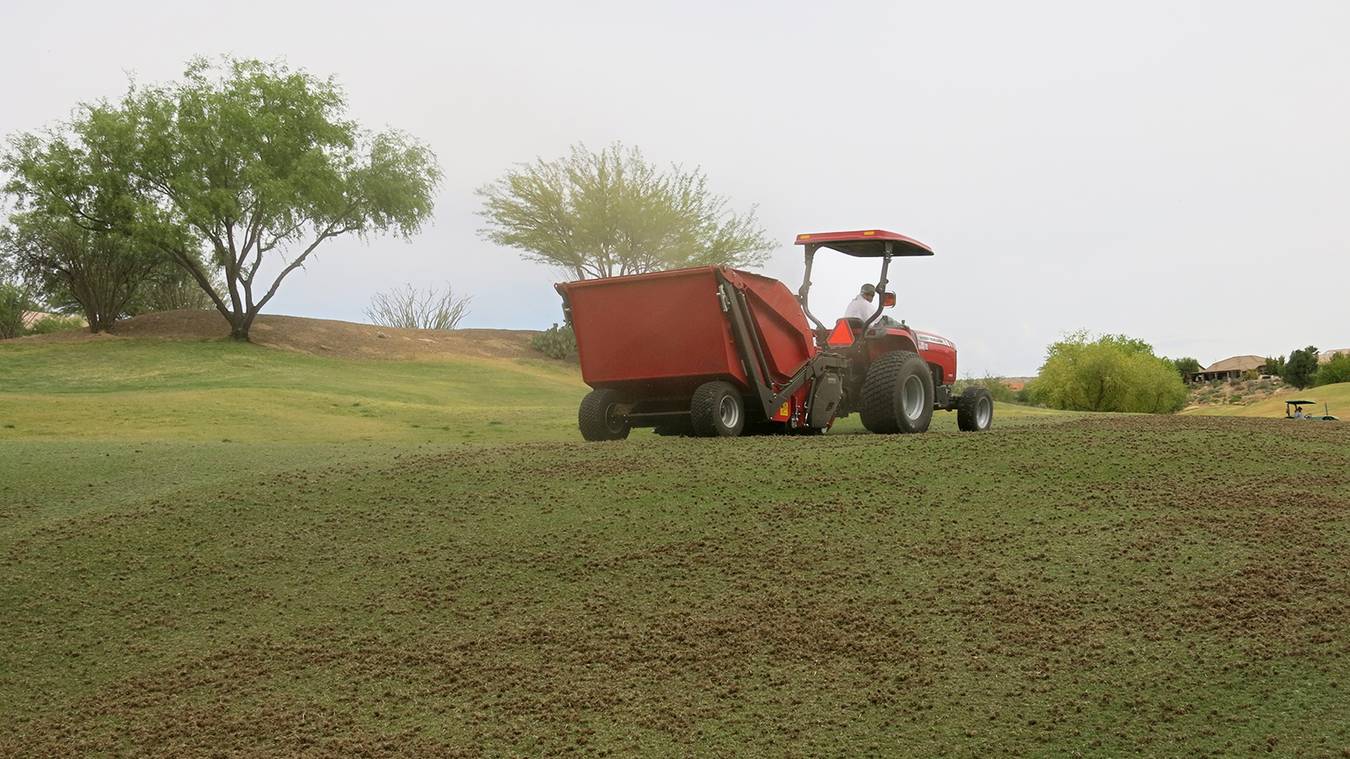
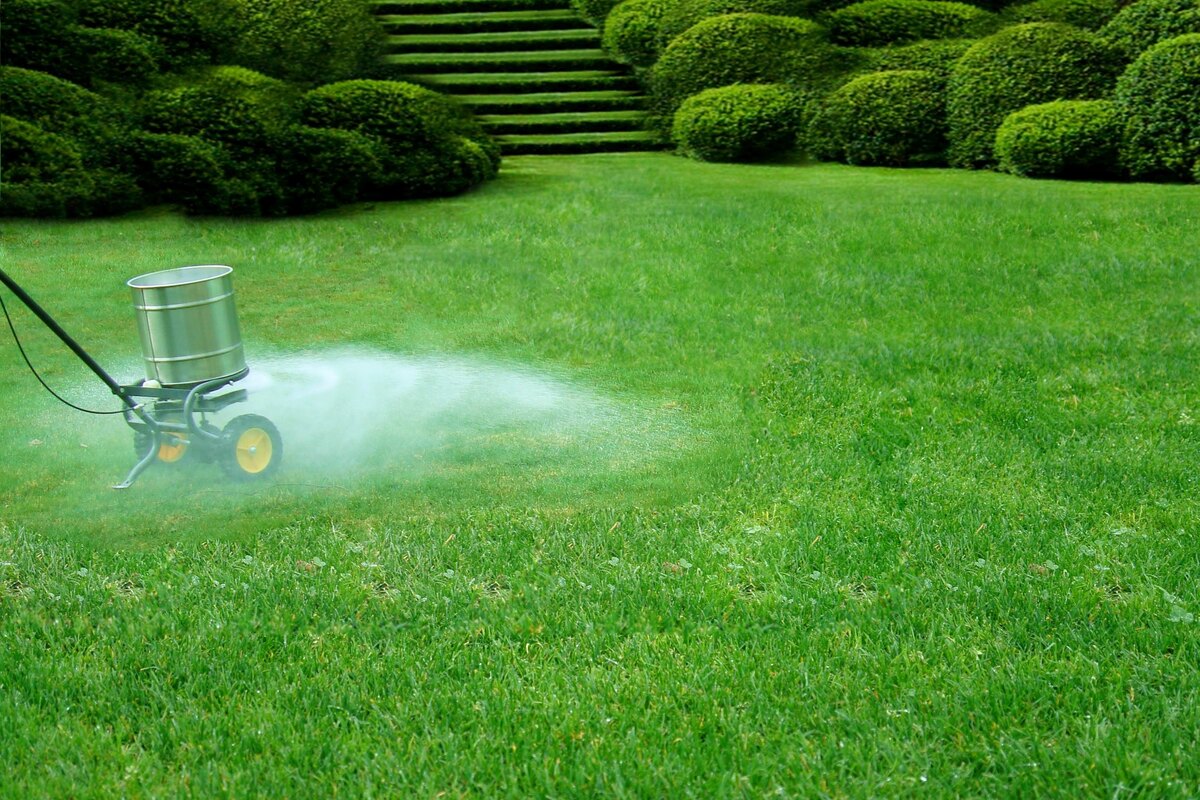
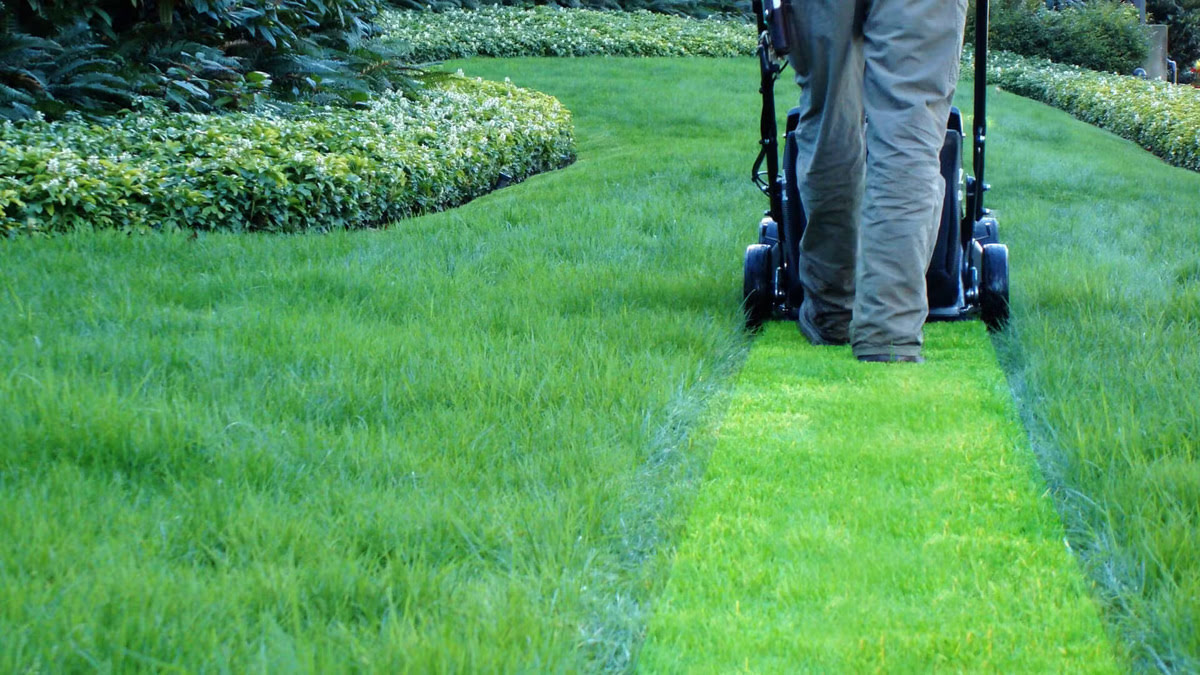
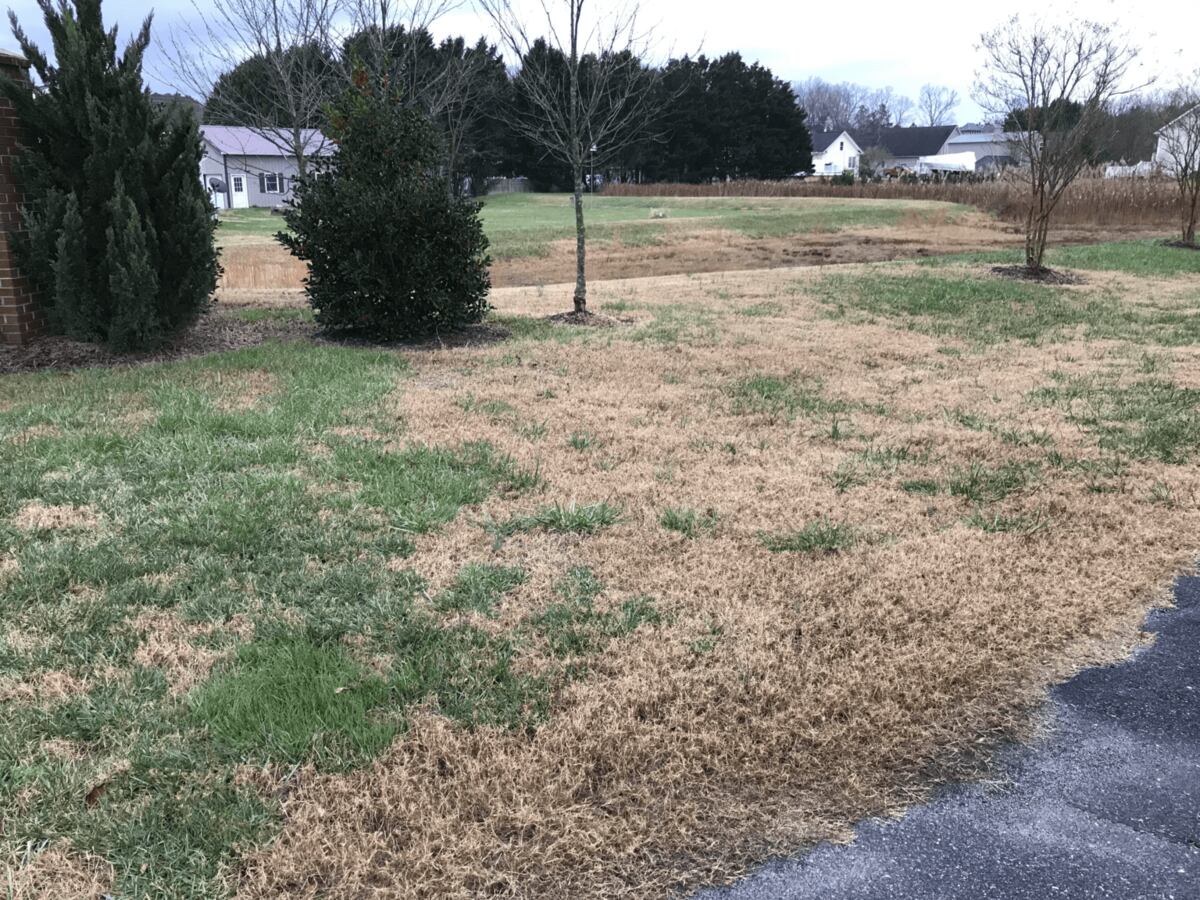
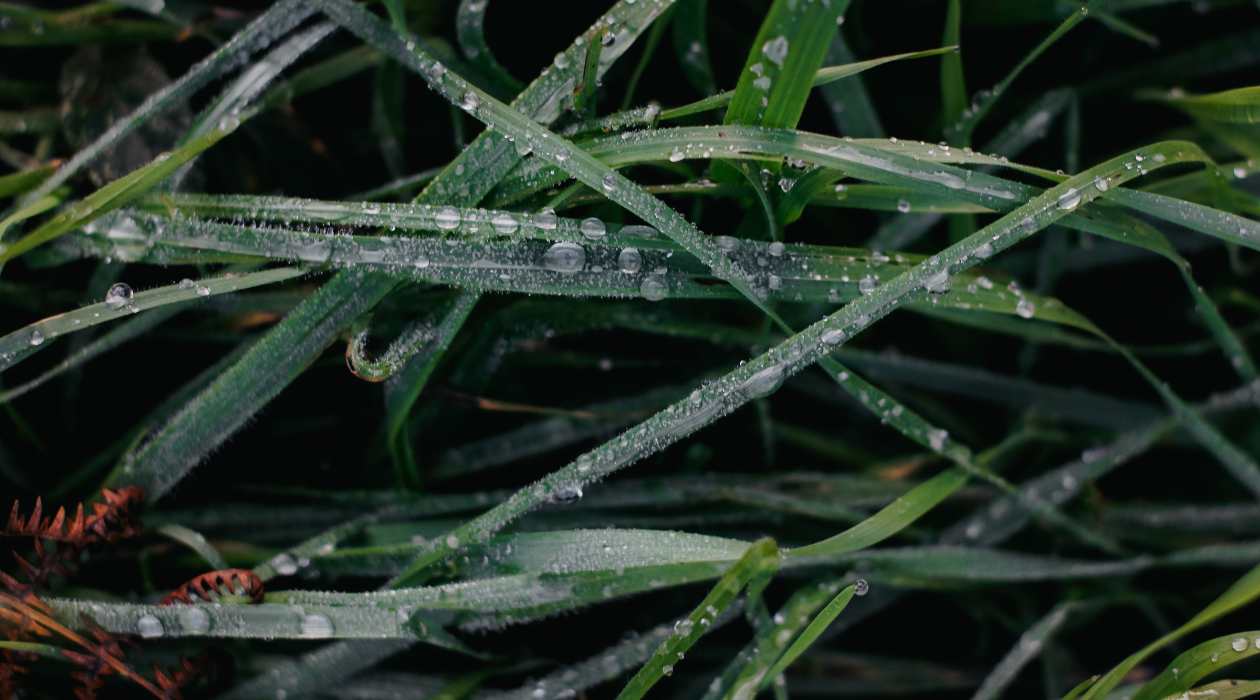
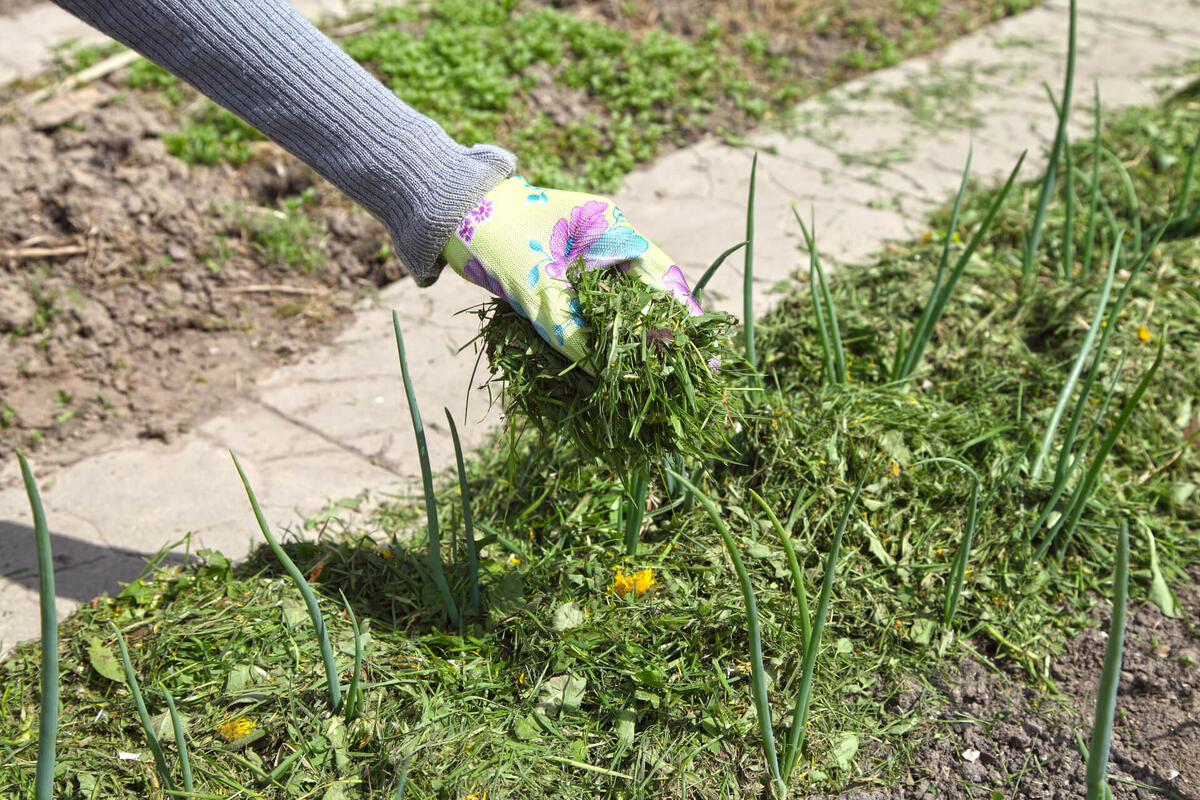
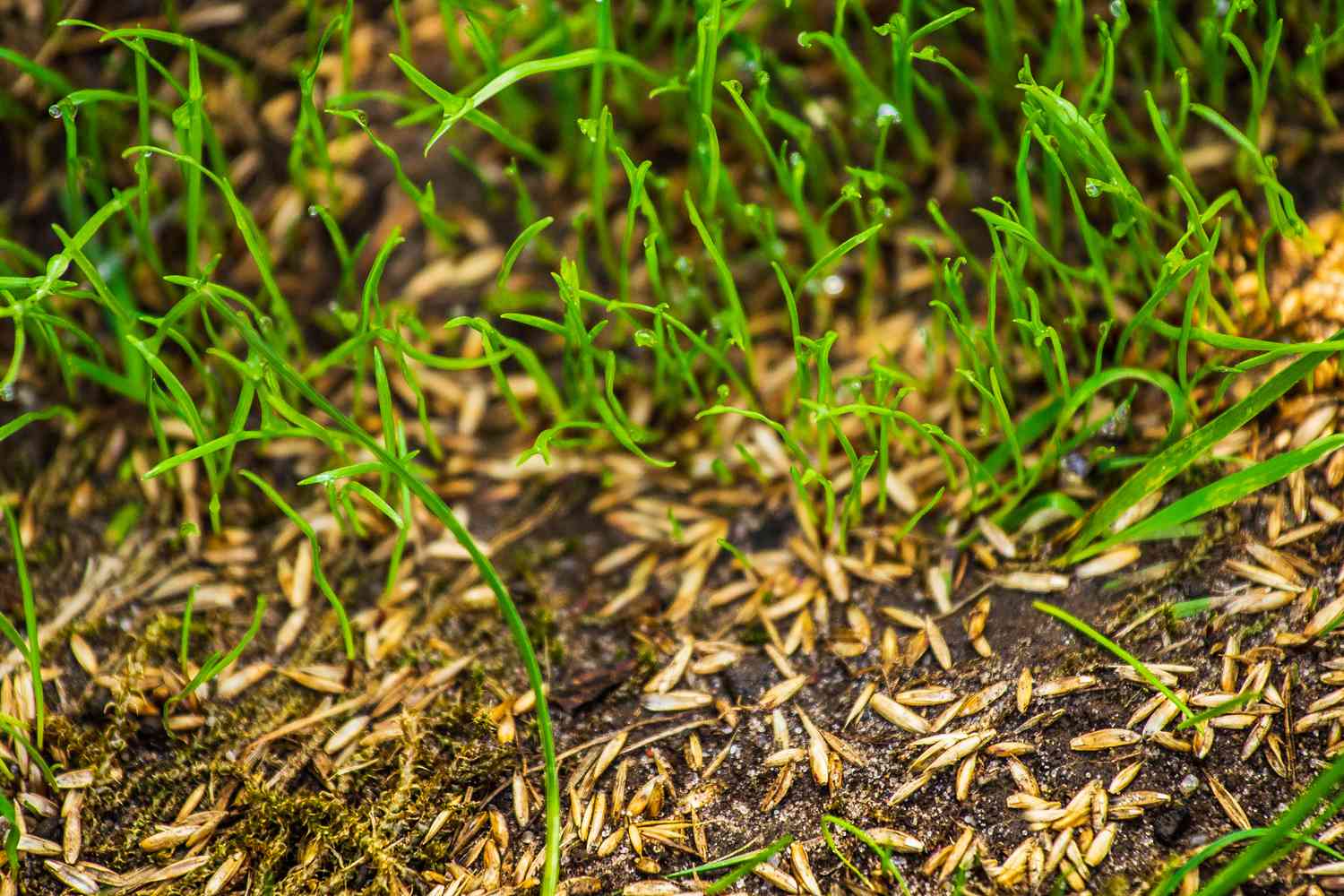
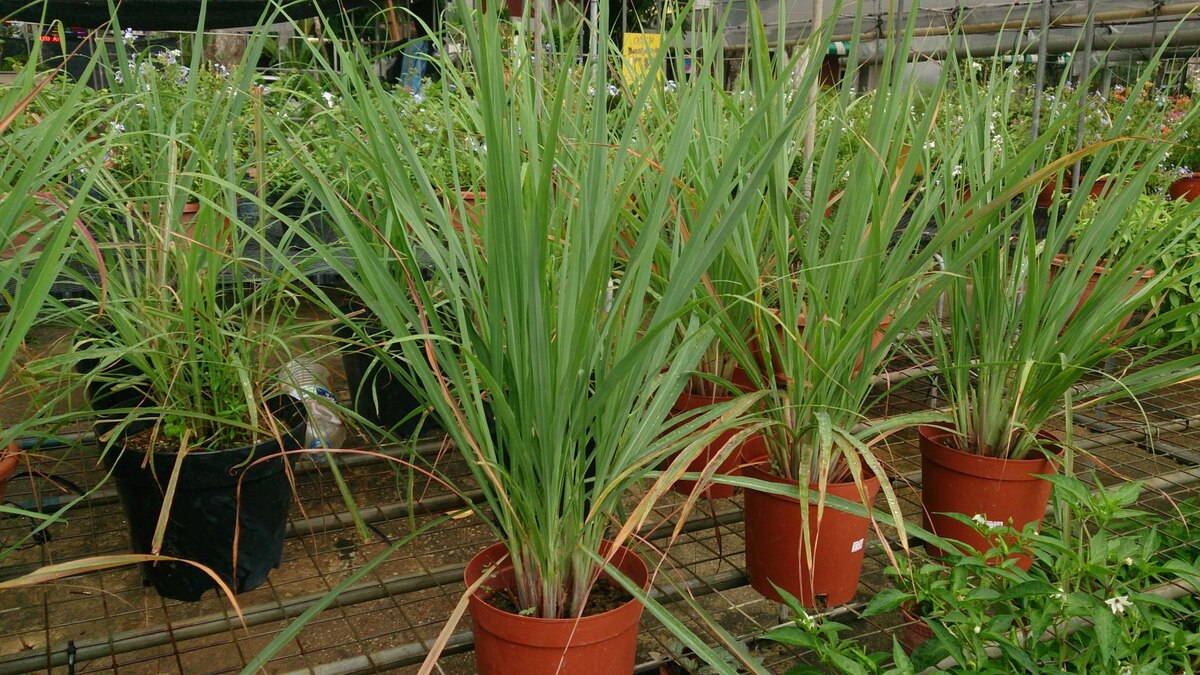
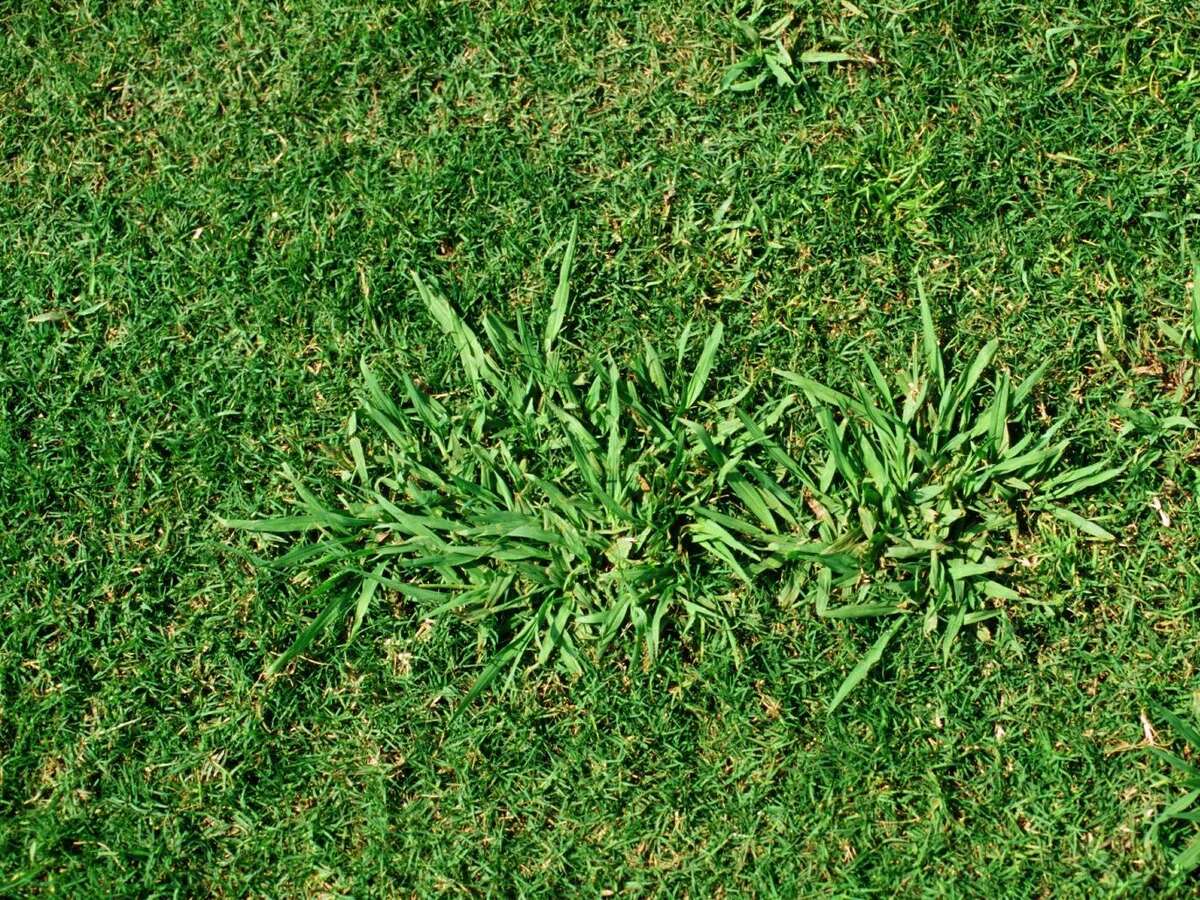
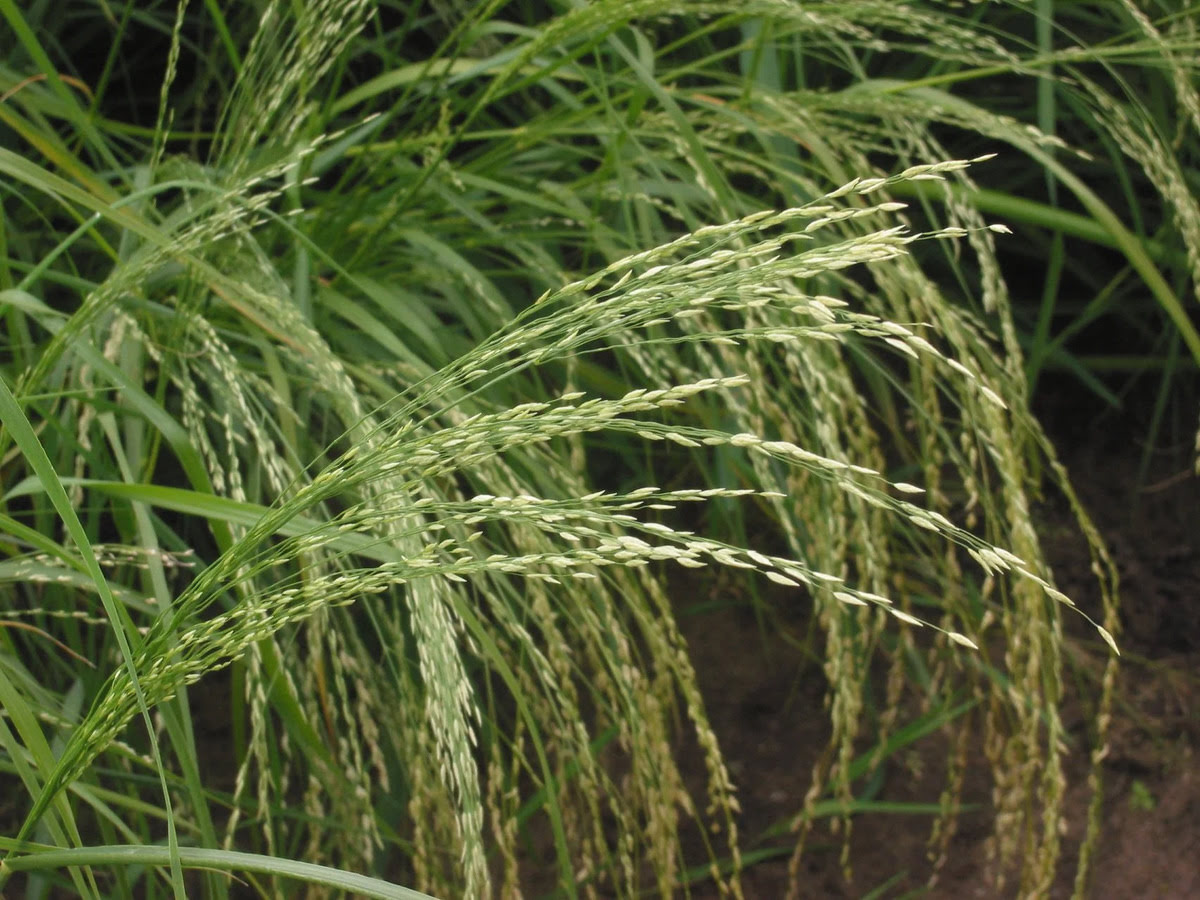
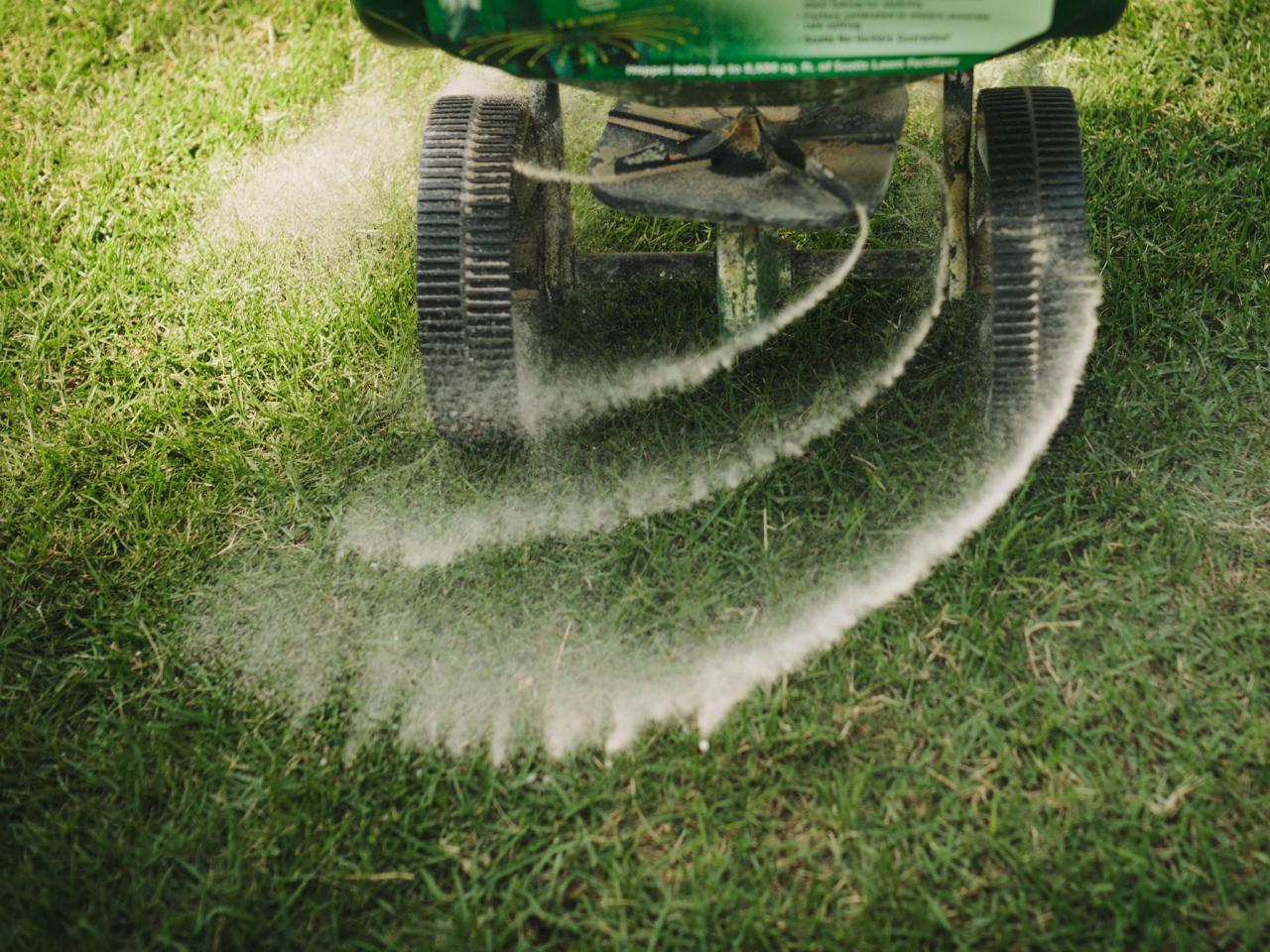
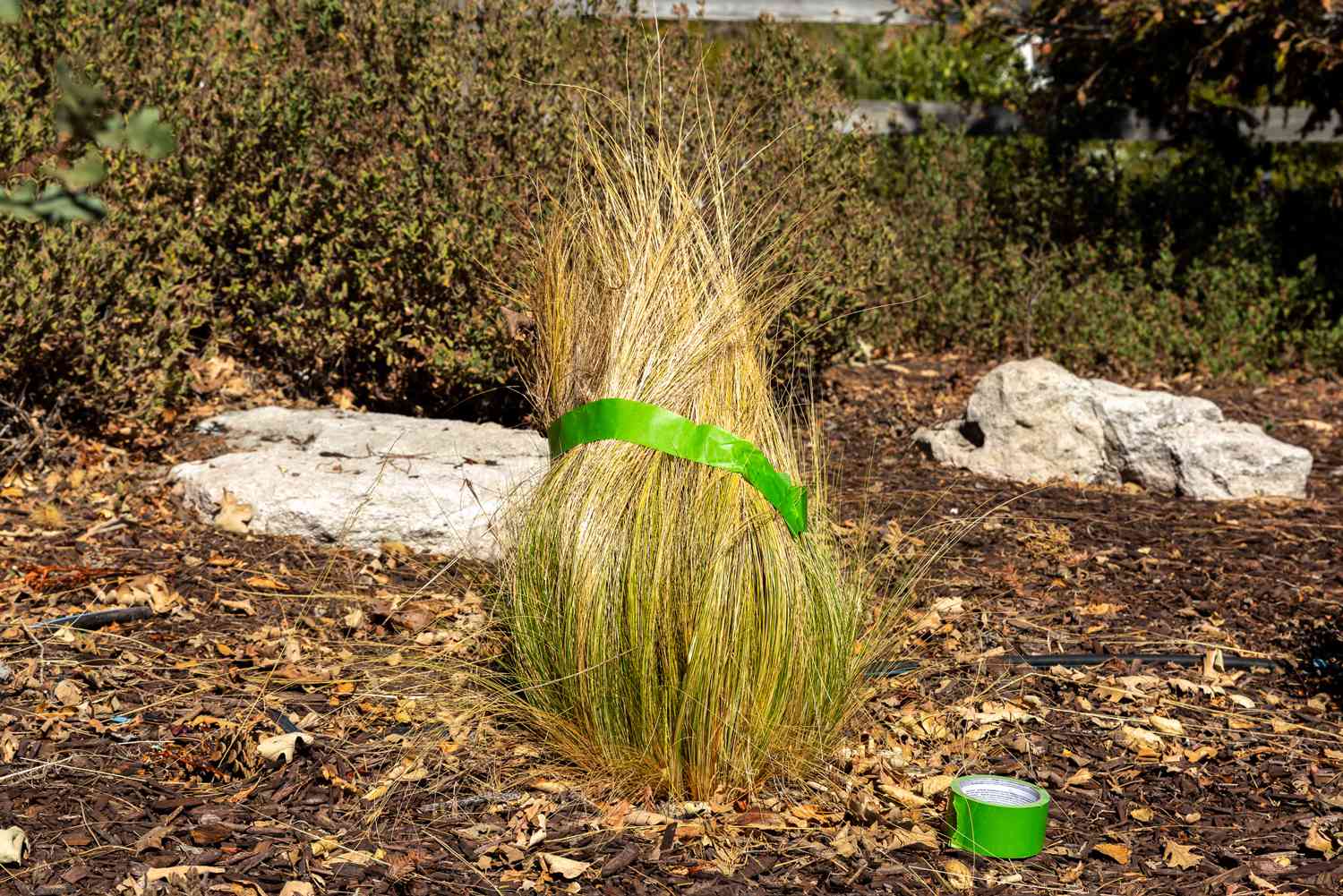

0 thoughts on “When To Dethatch Grass”